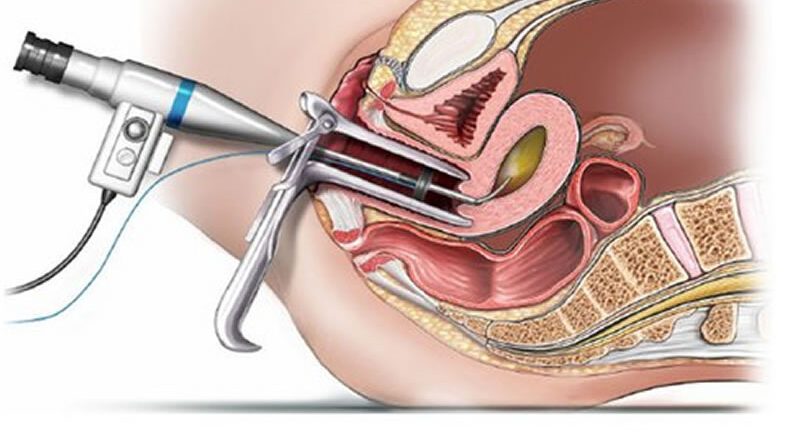This is a procedure where the light source is inserted into the uterus to view the endometrial lining of the uterus, the cervix and the opening of the fallopian tubes. It is used in cases of abnormal vaginal bleeding when the cause is not known and in cases of infertility.
It is usually indicated for the following conditions:
- Diagnosis of abnormal vaginal bleeding. Treatment can also be carried out at the same time.
- Confirmation of HSG report for the presence of sub-mucous fibroids, endometrial polyps, uterine septum, and uterine adhesions
- To check for the location of foreign bodies in the uterus
- Can be combined with laparoscopy for additional information
WHAT TO EXPECT
Women going for a diagnostic laparoscopy need to understand that the procedure is for diagnostic purposes and is a way of finding out problems within the uterine cavity. These problems can then be managed operatively at the same time or at a later date. A hysteroscope will be inserted through the vagina and into the uterus and attached to a monitor to look at the lining of the uterus. Fluid [Normal saline] will be used to distend the cavity of the uterus so the walls can be visualized.
HOW TO PREPARE FOR PROCEDURE
Your doctor will counsel you before the procedure and you will need to give informed consent before the procedure. He would counsel you on the procedure and risks involved. The night before the procedure you will be told not to take any meals from midnight. The anaesthetist would review you and ask questions to assess your risk for anaesthesia. On the morning of the procedure, you can take a shower before you are wheeled into the theatre.
Usually, the procedure lasts 10 – 20 minutes and then you will be discharged once you have fully recovered from the effect of anaesthesia.

